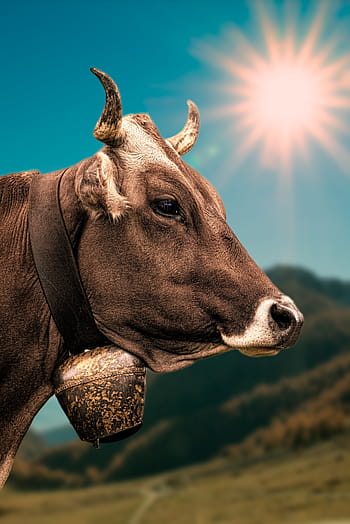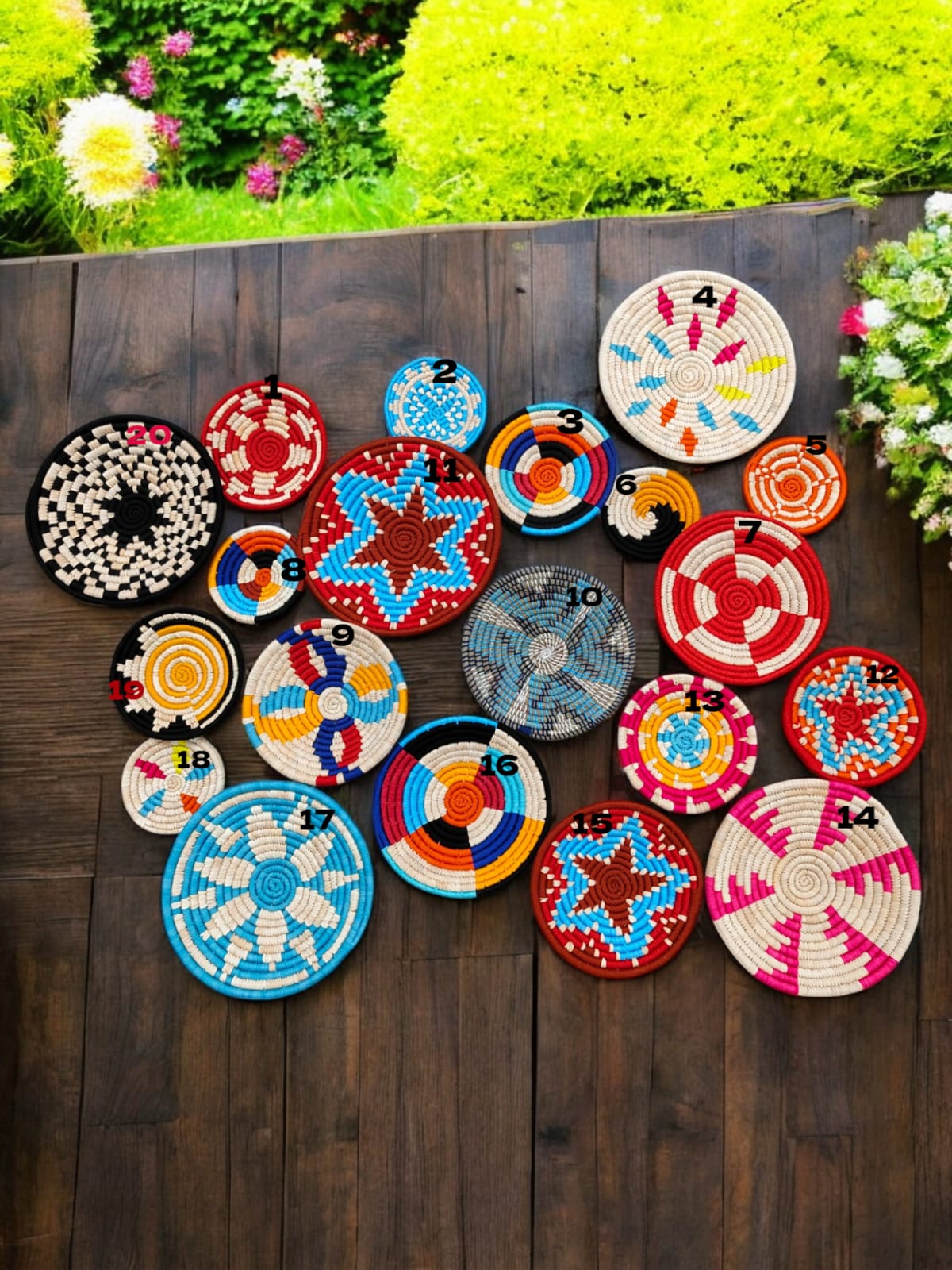Animal bells from India have a rich history and play an important role in the country's cultural heritage. These bells are not only decorative but also serve practical purposes in rural communities. With their unique designs and craftsmanship, they add a touch of charm and tradition to the surroundings.

Check Here Our Animal Bells Collection
History and Significance
The tradition of using animal bells in India dates back centuries. In rural areas, where livestock rearing is a common practice, these bells are attached to the necks of animals such as cows, goats, and sheep. The primary purpose of these bells is to track the movement of animals, especially in open grazing areas.
Besides their practical use, animal bells hold religious and cultural significance. In Hinduism, cows are considered sacred and symbolize divine and natural beneficence. The sound of the bells is believed to ward off evil spirits and bring good luck to both the animals and their owners.
Types of Animal Bells

Animal bells from India come in various shapes, sizes, and materials. Brass and copper are the most commonly used metals, known for their durability and resonance. The bells are often adorned with intricate carvings of animals, gods, or traditional motifs, showcasing the rich artistic heritage of the country.
One type of animal bell is the 'Ghanta,' a large bell with a distinct shape and sound. These bells are usually found in temples and are rung during religious ceremonies or to seek divine intervention. Another popular type is the 'Kansa Ghanta,' made of bell metal, which produces a mellower tone.
Artisans and Craftsmanship
The creation of animal bells is a skilled craft passed down through generations. Artisans known as "Luhars" or "Ghantakars" specialize in making these bells. They meticulously shape and decorate the bells using traditional techniques, ensuring the perfect sound and aesthetics.
The art of making animal bells requires a fine balance of skill and knowledge. The craftsmen carefully choose the metal, shape the bell, and tune it to produce the desired sound. These artisans often work in small workshops, preserving the traditional methods while adapting to modern demands.
Preserving Tradition
Animal bells from India continue to be an integral part of rural life, connecting communities to their cultural roots. However, with the changing times, the demand for these bells has diminished. Efforts are being made to preserve this dying art form, with organizations and individuals promoting the use and appreciation of animal bells.
If you visit rural areas in India, you may still see animals adorned with beautifully crafted bells, showcasing the timeless tradition and beauty they represent. These bells not only add charm but also serve as a reminder of the deep connection between humans, animals, and nature.




